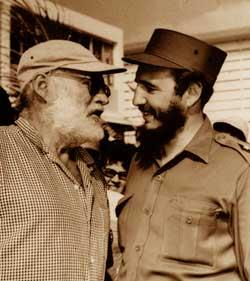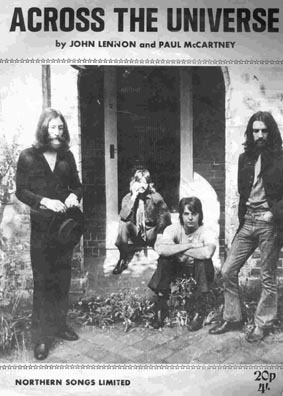
CBS’ new reality show Kid Nation is definitely my favorite show on television. KN takes forty children, ages eight through fifteen, places them in the middle of nowhere, New Mexico, and leaves them to fend for themselves for forty days. The kids’ mission is to recreate the Western ghost town of Bonanza City, originally a gold-mining establishment that ultimately failed. This time, Bonanza City will be made into a better civilization than the outside world, run completely by children. The forty children are split into for districts, each with a district council member. Every episode includes a “showdown,” which is a competition for a weekly reward and creates the class structure for the week. The first place district in the competition earns upper class, which includes no work and all play for the week. The second place district becomes the merchants, whose job includes selling items (candy, bottled soda, books, supplies) at the dry goods store. Third place receives the job of cooking for the town, and fourth (last) place are known as the laborers, who must clean the town and wash the ungodly amount of dishes that pile up every week. Every week ends with a town meeting, during which the council members appoint a gold star (an actual pure gold star worth $20,000) to one of the civilians.
The show began by dropping thirty-six of the children into the barren desert with the only adult seen on the show, the over-the-top host Jonathan. The four CBS-appointed council members descend upon the lowly kids in helicopters, already setting the precedent that the council members have much more power than the other members of Bonanza City.
The show has become an allegory of class, race, religion, and other elements of American life. There are kids of various statuses (like the humble, Chicago-bred D.K. and the stubborn pageant queen Taylor), ethnicities (black, white, Asian, Latino), and belief systems (like the Southern Protestant Hunter and Jewish Zack). Contestants hail from all parts of the countryAll types of people are represented, and somehow the children come together with little conflict.

Taylor, Laurel, Anjay, and Mike
The first four council members are Mike, an overdramatic boy scout in charge of the Red District, Anjay, an Indian spelling-bee winner and boy-genius in charge of the Blue District, Laurel, a caring redhead from Boston in charge of the Green district, and for the Yellow District the fore mentioned Taylor, who becomes known for her solution to problems: “Deal with it.” Most of the difficulties surround Georgian Taylor, whose twang and bossy attitude fit the Southern Belle stereotype, refusing to participate in the difficult jobs (like cleaning and cooking) with the rest of the children.
Soon the council becomes unsatisfying for the rest of the town: Taylor and Mike are overthrown in a town election, and replaced by Zack (yellow), and Guylan (red). Zack slowly regains momentum for the yellow team with his campaign cry, “Viva la revolucion!”, and Guylan is a revival for the stagnant Mike. Taylor gracefully resigns with tears but continues to wreak havoc in the town with a Mean Girlsesque entourage.
Each challenge contains both physical and intellectual components, like putting presidents and inventions in order chronologically combined with sling-shots or chewing gum. At the end of the challenge, if all districts meet a specified goal, the host Jonathan offers a choice between two rewards: a practical reward and a fun reward (think a library versus a free arcade or a pony express system versus letters from the kids’ families).
My favorite kid on the show is the Red District’s oddity Jared, a bizarre eleven year-old from Georgia. Clad in tie-dyed t-shirts and a red bandana, Jared’s citizenship in Bonanza City offers unique insight to the situation. When the town decides to hold a talent show, Jared performs a dramatic monologue from Shakespeare’s Henry V and still loses to a freakish comedy act by Kentuckian Kennedy. When Divad, a girl striving desperately for the gold star, starts a snack shop in the town, Jared turns over the tables a la Jesus in the temple and claims Divan to be monopolizing the economy of the town. He then proceeds to create his own line of personalized wooden necklaces and keychains and earns enough money to outfit himself in an enormous hat and coat.
The show has been called “Lord of the Flies meets the Wild West,” but I think it’s brilliant. Yes, it is most likely scripted, but oh well. It’s reality tv that’s family-safe and applicable to all ages.
For more information and episodes:
Kid Nation on CBS




 Wes Anderson
Wes Anderson













